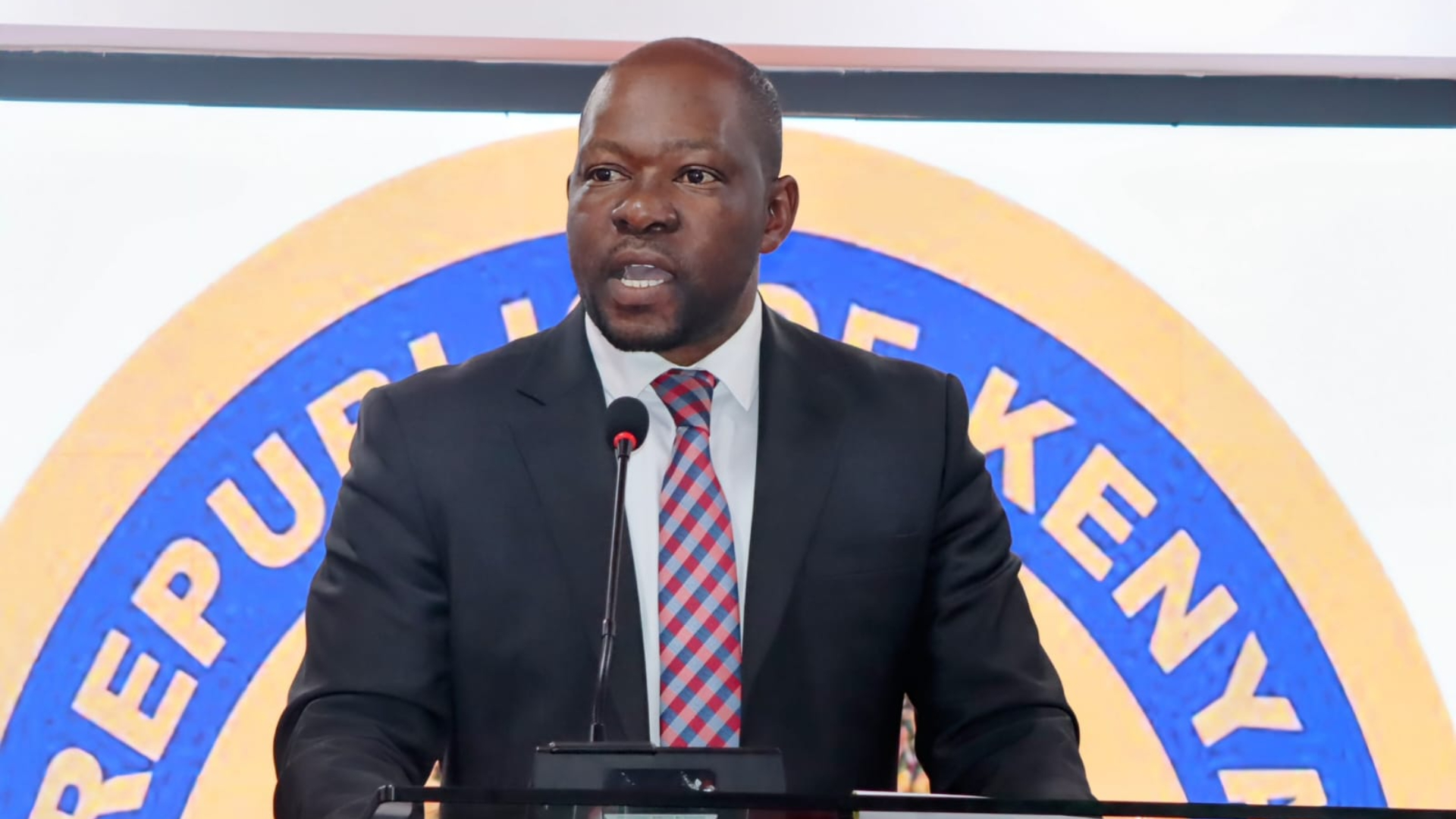New forensic tool to fight illegal wildlife trade

Evelyn Makena @evemake_g
Every year, thousands of animal species are brutally killed and sold as part of the illegal wildlife trade.
In 2016, nearly 7,000 wild animal species were accounted for in 164,000 seizures affecting 120 countries, according to data by United Nations Office on Drugs and Crime (UNODC).
Beyond the physical markets in Africa, the main source of the wildlife products and Asia, the end market, this trade has shifted base to online platforms.
As law enforcement agencies intensified vigilance on physical markets and put in place stronger legislations, traffickers are escaping scrutiny by taking the trade online.
“Cyberspace provides a covert place to buy and sell wildlife products from any part of the world.
Online marketplaces, which are mostly unregulated, have thrived due to enhanced Internet connectivity and social media,” says Didi Wamukoya, Senior Manager Wildlife Law Enforcement, Africa Wildlife Foundation (AWF).
Vital certification
Amid the change in tact of the trade, the capacity to combat digitally-enabled wildlife crime remains low in Kenya.
Law enforcement agencies like Kenya Wildlife Service (KWS) have limited equipment and technical expertise on how to detect and stop the crime.
To bridge this gap, KWS has partnered with AWF and Irdeto, a cyber security firm in training its officers on the use of a forensic tool that will help in busting cybercrime.

The tool enables investigating officers to hack into the electronic devices of suspected poachers and traffickers and extract information crucial in aiding their prosecution.
“The Internet and telecommunication sector is playing a role in development of our country, but is also used in committing crime.
Likewise, technology can be a great ally in efforts to tackle illegal wildlife trade,” says Joseph Sarara, Head of Investigations, KWS.
So far, seven KWS officers have received training and certification in using of the tool.
This enables them to present information found in court as evidence. “KWS has had the tool since 2018 and they have had few successful cases.
The only problem is that they were not certified thus were not competent to provide electronic evidence before the courts,” says Didi.
The training comes at a time when Kenya has laws that support admissibility of electronic evidence in court.
The Evidence Act Cap 80 allows for admissibility of electronic or digital evidence such as photos, call log records and text messages on grounds it is in its original form and based on the reliability of how it was obtained and stored.
The forensic tool will also be crucial in ensuring investigators can collect information to link a poacher to the entire network of wildlife crime.
Wildlife trade is an organised crime with five levels. At the bottom are poachers who sell products to local middlemen.
From the intermediaries, wildlife products go through transporters who pass them to to urban middlemen and finally end in the hands of a kingpin, usually a powerful businessman who funds the trade.
Previously, the mode of investigation in wildlife crime would end up with the arrest of the poacher, but without a link to other players.
Once a poaching incident is reported, the approach is usually rushing to the scene and arresting the poacher.
“We are training first responders to look for electronic devices, get receipt and package it well for presentation and analysis at the KWS headquarters,” says Didi.
So far, AWF has trained 137 rangers as first responders and as witnesses in court.
The organisation has supported the establishment of a cybercrime investigation unit at the KWS headquarters as well.
Product end market
The tool can recover data from electronic devices such as smart watches, drones, mobile phone and tablets.
It is compatible to different types of phones including those with android, IOS and Chinex operating systems.

The device can extract information from an electronic device including what is on the cloud, call history, text messages and bank transactions.
It has cables that are compatible to different devices,” says Ernest Agina, Manager Cybercrime Investigations, AWF.
Analysis of this data can help in tracing communication with people in different parts of the world and point to the end markets of wildlife products.
Use of the device, helps linking information between poachers, middlemen, retailers and consumers across continents.
Such interventions, Sarara says have enhanced the rate of tracking wildlife crime. KWS in collaboration with other stakeholders in 2019, recovered around 1.5 tonnes of ivory.
They also arrested suspects currently in custody or already arraigned in courts of law to face various crimes related to illegal wildlife trade.
“Wildlife crime denudes ecosystems and is an obstacle to indigenous people that depend on these resources to sustain their living,” he says. – Quick facts














